A Family’s Journey of Navigating Primary Sclerosing Cholangitis (PSC) to Liver Transplant
Julie shares her front row seat to her husband Bryan’s journey as a two-time liver recipient following primary sclerosing cholangitis (PSC) diagnosis.
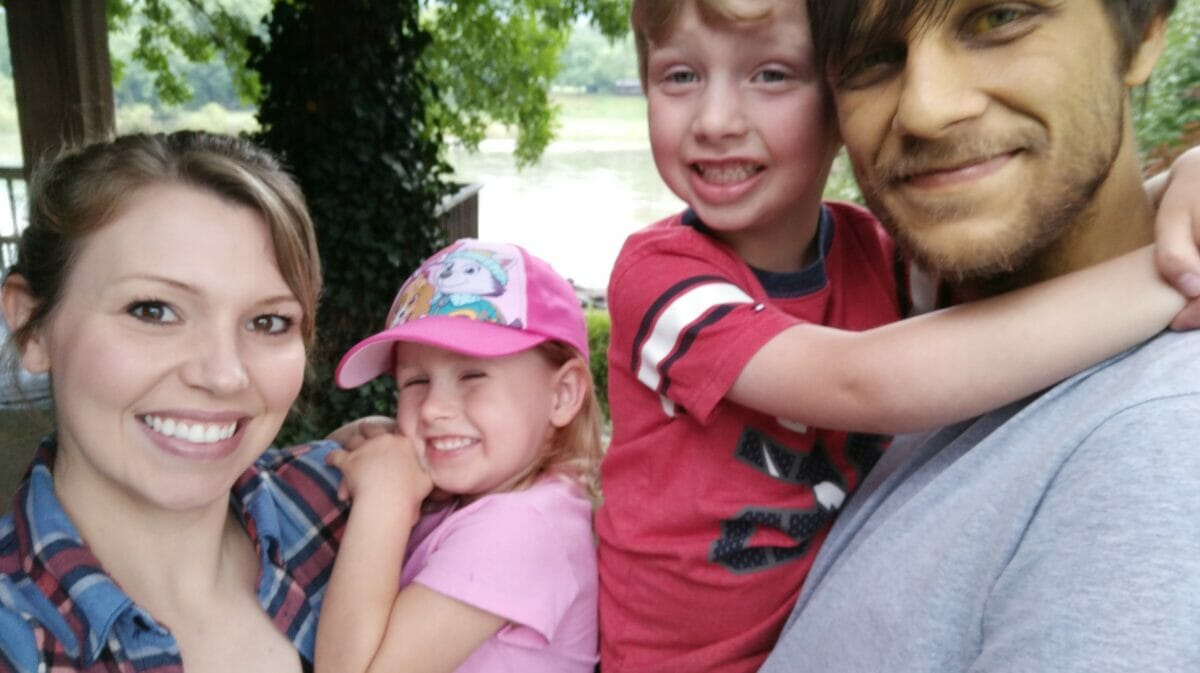
In 2015, my husband Bryan was diagnosed with a rare liver disease called primary sclerosing cholangitis (PSC). Bryan had some complications early on which led us to travel from our home in Arkansas to Mayo Clinic in Rochester, Minn., so he could receive more specialized care.
PSC is a biliary disease which has no cure – a liver transplant being the only life-saving option for patients with end stage disease. On February 19, 2016, my dad donated half of his liver to him in a living donor transplant surgery. The surgery was a success; and both my dad and Bryan recovered well.
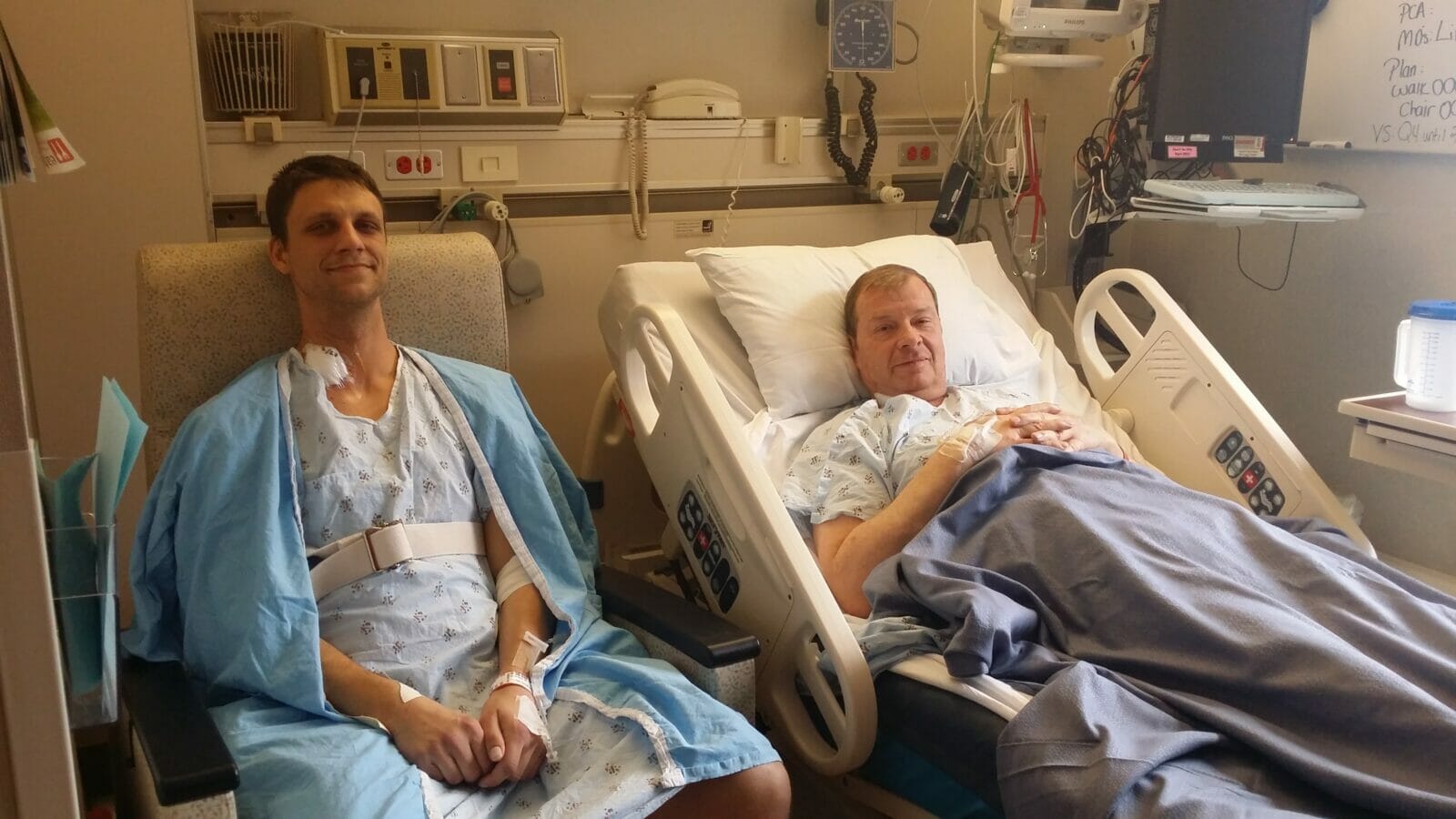
About six months after the transplant, Bryan’s body began attacking the new liver. Many attempts were made to turn things around; but in May 2017, the hard decision was made to relist Bryan for a second transplant. The severity of the situation hit us when Dr. Heimbach, a transplant surgeon at Mayo Clinic, told Bryan they had been focused on saving his liver but now they needed to focus on saving his life.
The news of him needing a second transplant was overwhelming. We had been in Rochester for several weeks, and Bryan requested that we be allowed to go home to see our children before he was activated on the waiting list. The liver team supported his decision to go home to see our two children who were three and five at the time. We were only home a couple weeks before Bryan’s MELD score hit 32 and we were told to come back to Minnesota. We decided to take our kids with us because we anticipated we might be waiting for weeks for a matching liver to be found. We arrived in Rochester, and Bryan was activated on the waiting list on June 7th.
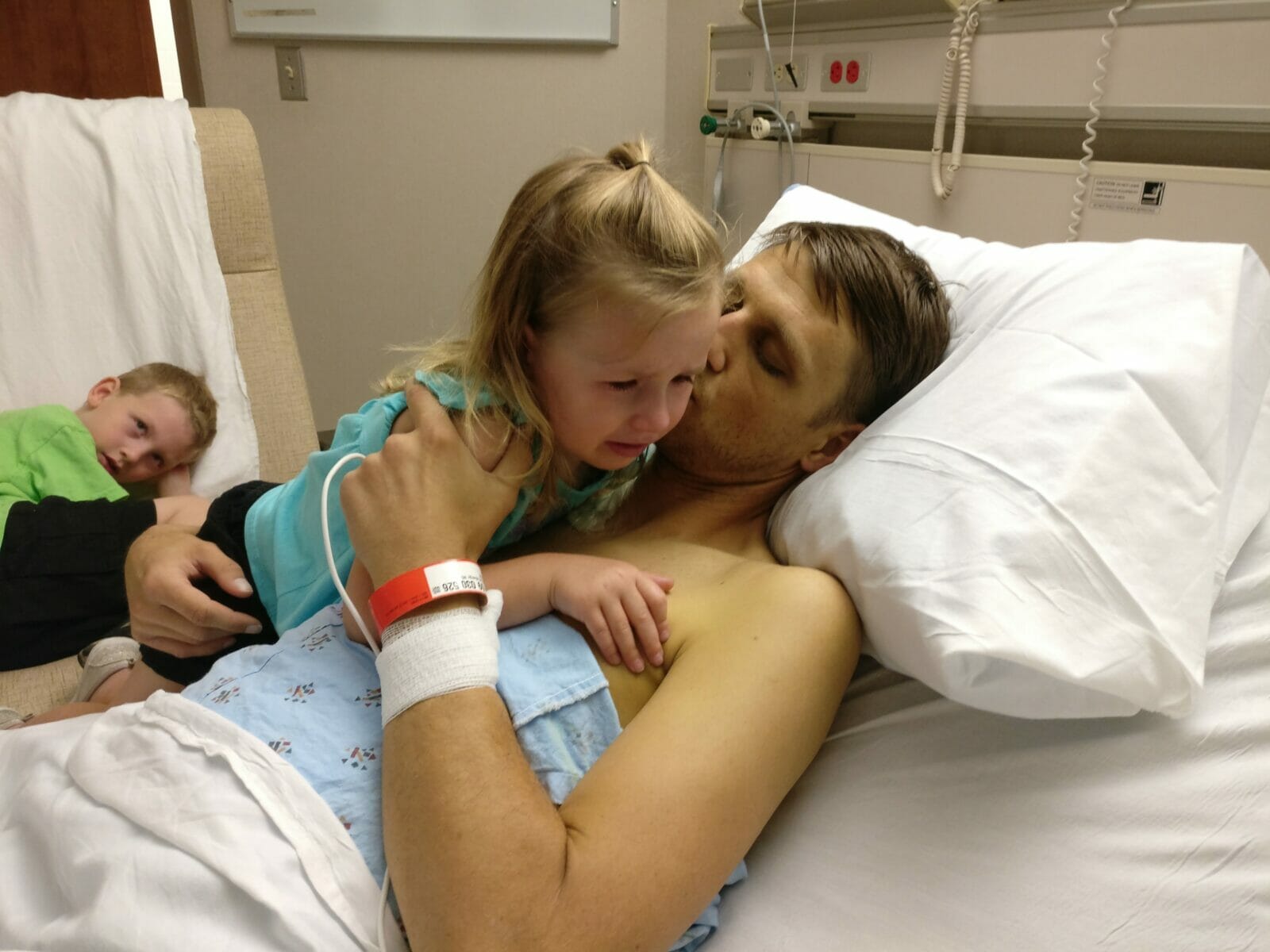
To our surprise, quickly after Bryan was listed, we got the call that a matching liver was available. His second surgery was a success. I remember how bloodshot Dr. Heimbach’s eyes were when she came to talk to me after the surgery that had lasted well into the night. Bryan’s transplant was her second of the day and part of a string of transplants at Mayo Clinic that resulted in sixteen transplant surgeries in less than one week.
Words can’t convey how much we appreciate the liver transplant team at Mayo clinic for the care they gave to Bryan. We were hundreds of miles away from our family and friends, but the staff at Mayo Clinic filled the gap and became like a second family. They were the ones there with us as we walked through our darkest moments. We have fond memories of the nurses on 10-2 who took the time to visit with us and found ways to make being in the hospital a little better. Dr. Heimbach’s caring demeanor and determination to help Bryan from the moment his first transplant started going awry. Dr. Taner who cared enough to check on Bryan in the operating room (OR) after finishing a different transplant surgery and took the time to find me in the waiting room to give me an update because he knew no one was there that late on a Friday evening to give the usual updates. Paige and Analise for making us laugh and always being there when we needed some extra advice. And many, many others. There was never a doubt in our minds that we were surrounded by a group of brilliant people who were passionate about the work they did. People who genuinely wanted to see Bryan, and all of their patients, survive and thrive.
Through Bryan’s two transplants, we have been able to experience the miracle of organ donation from the perspective of having a living donor and deceased donor. When my dad donated to Bryan, it was nerve-racking because we knew he was risking his own health to try to help Bryan, but we all had such a peace going into it and looked at the entire experience as a celebration of love and life. After the surgery, my dad had a seamless recovery which really added to the joy and relief we all felt. Each year on the anniversary of the transplant, we have dinner together and recount the memories we have from the experience.
“They made the remarkable decision to allow their death to help others.”
Bryan’s second donated liver came from a deceased donor. Knowing that someone’s life was ending as Bryan was getting a chance for healing was a heavy weight. The first thing Bryan did when he hung up the phone after receiving the call that a liver had been found was grab my hand and prayed for the person giving this gift and their family. They made the remarkable decision to allow their death to help others.
A few weeks after the surgery, we asked what information we could be told about his donor, and I will never forget when the nurse practitioner said that she was a 29-year-old female. I was also 29 at the time. It made me feel a deep connection to the woman who saved my husband’s life. While I have no clue when her birthday is, I can’t help but think about her every year when I celebrate my own. Bryan wrote to her family we hope they read the letter and were able to know how much he appreciated the gift their loved one gave to him. The Christmas after Bryan’s transplant, we bought a special ornament for our tree to honor his donor. The ornament is a beautiful angel. It is an emotional experience watching Bryan place it on the tree. It is a visual reminder of one of the most amazing gifts our family could have ever received.
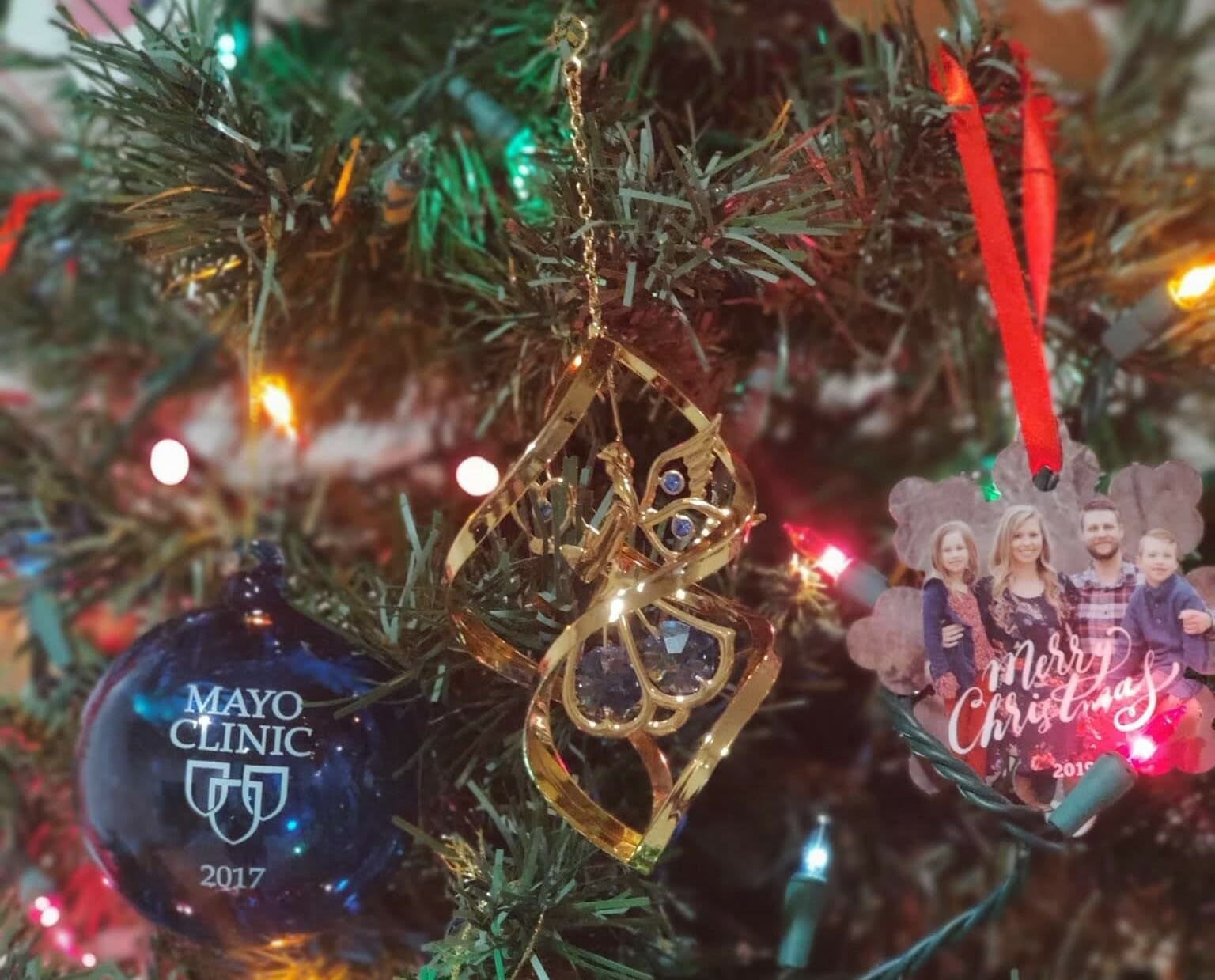
We strive to pay it forward by sharing Bryan’s experience to help spread the word about organ donation and rare diseases like PSC. When Bryan first got sick, I created a Facebook page called Bryan’s Health Journey. Initially, I made it as a way to keep our friends and family informed about what was going on with Bryan. We live in a small town, and word spread fast about his health issues and much of the stuff that got back to us was inaccurate. Having a Facebook page provided a way to make sure the information people were getting was accurate, and over time it evolved into an outlet for me to share our journey as a family dealing with major health issues.
I have a front row seat to how Bryan handles his health problems. He maintains a positive attitude and never says “why me” or feels sorry for himself. He amazes me and it has always been important to me that I find ways to honor his resilience and to try to make something good come from the struggles we faced.
I hope people see the miracle of organ donation through our story. I hope they realize they too can have a lasting impact on the lives of others by being a registered organ donor. Probably the most rewarding messages we get are from people who tell us that they or their loved ones have decided to register as organ donors. The second is when people who have PSC or are in need of a transplant reach out to us. We have connected with so many amazing people through this journey and couldn’t be more thankful for the love and support we have been given.
We are also thankful for the work of LifeSource. The work they do around the clock to facilitate life-saving transplants like Bryan’s is remarkable. We may not live in the MN-DAK region, but we do consider it like a second home thanks to the kindness, hope, and healing we have experienced there. Bryan’s transplants have given him seven more years of life and counting. Seven years that we have never taken for granted.
Bryan’s PSC has returned and his health issues are still ongoing but that just gives us more drive to make the most of each day. Getting to watch him play with our kids, doing the hobbies he loves, and having him here walking beside me in life is the best feeling. A feeling that wouldn’t be possible without an organ donor.
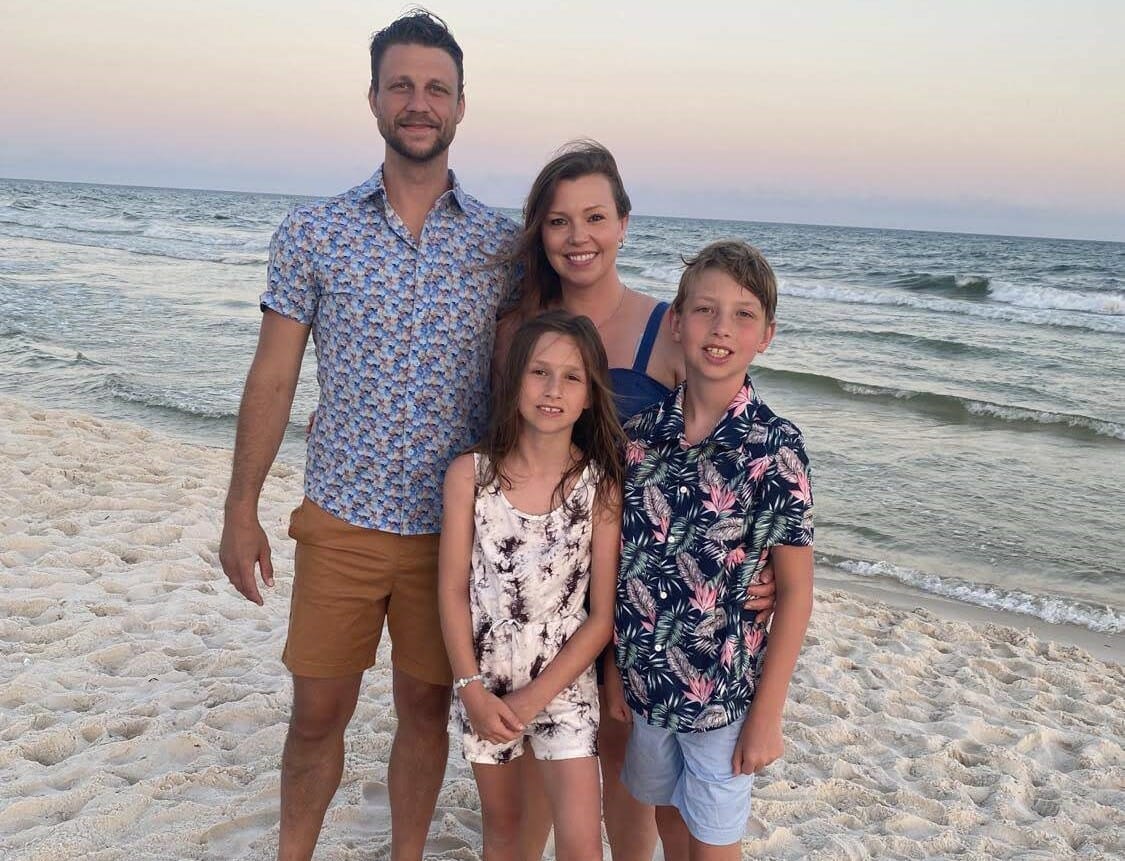
 Skip to main content
Skip to main content
